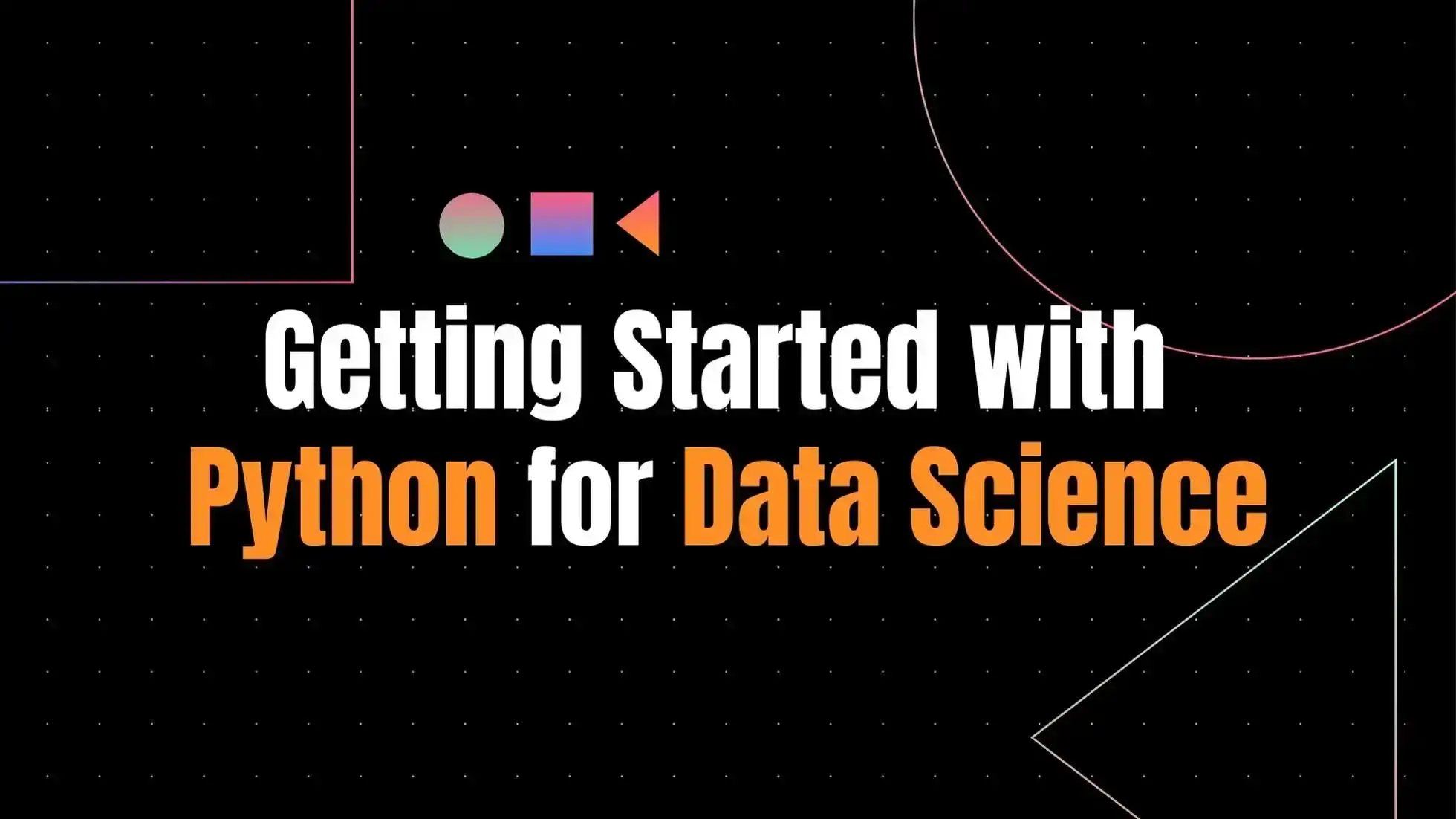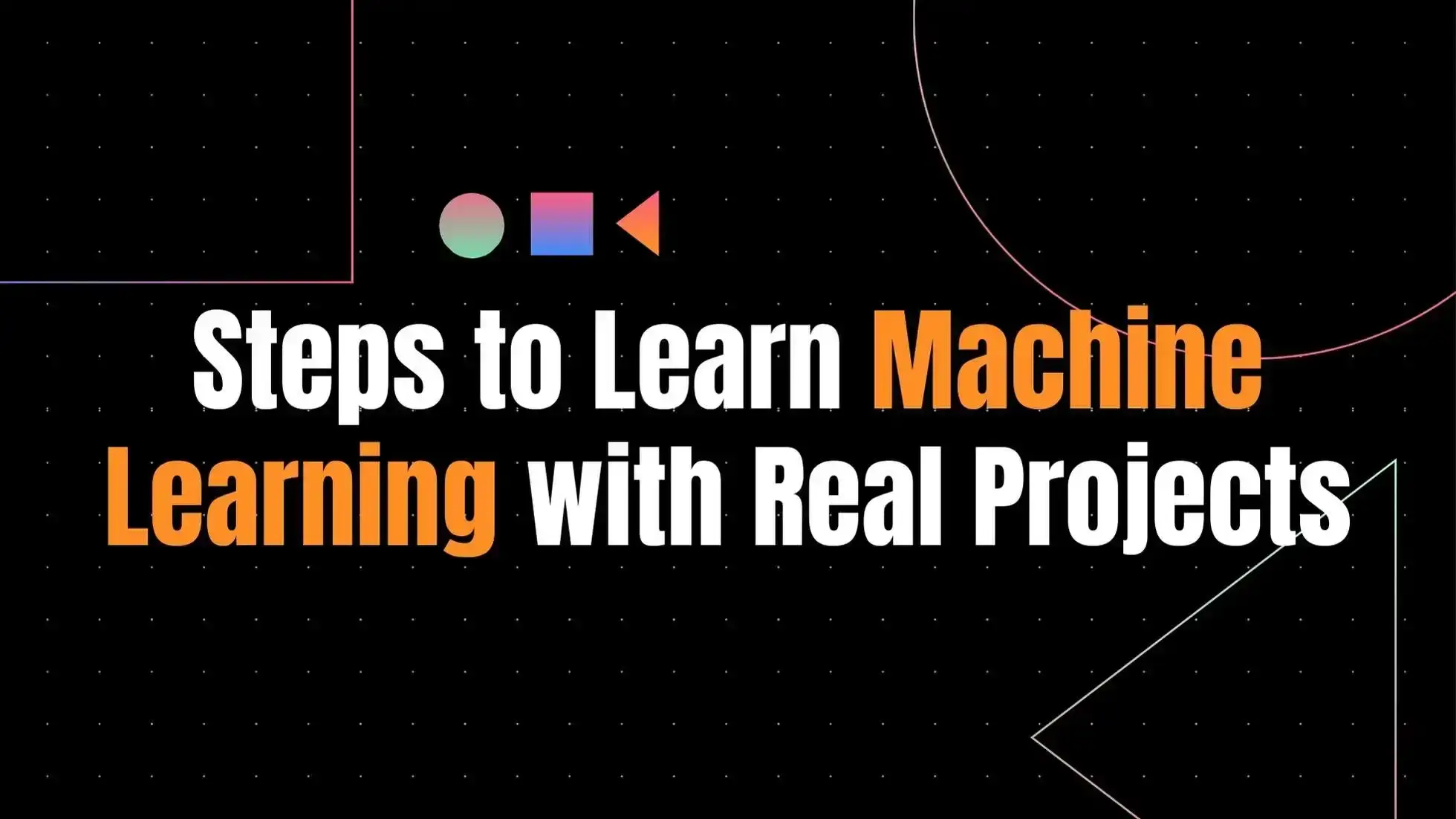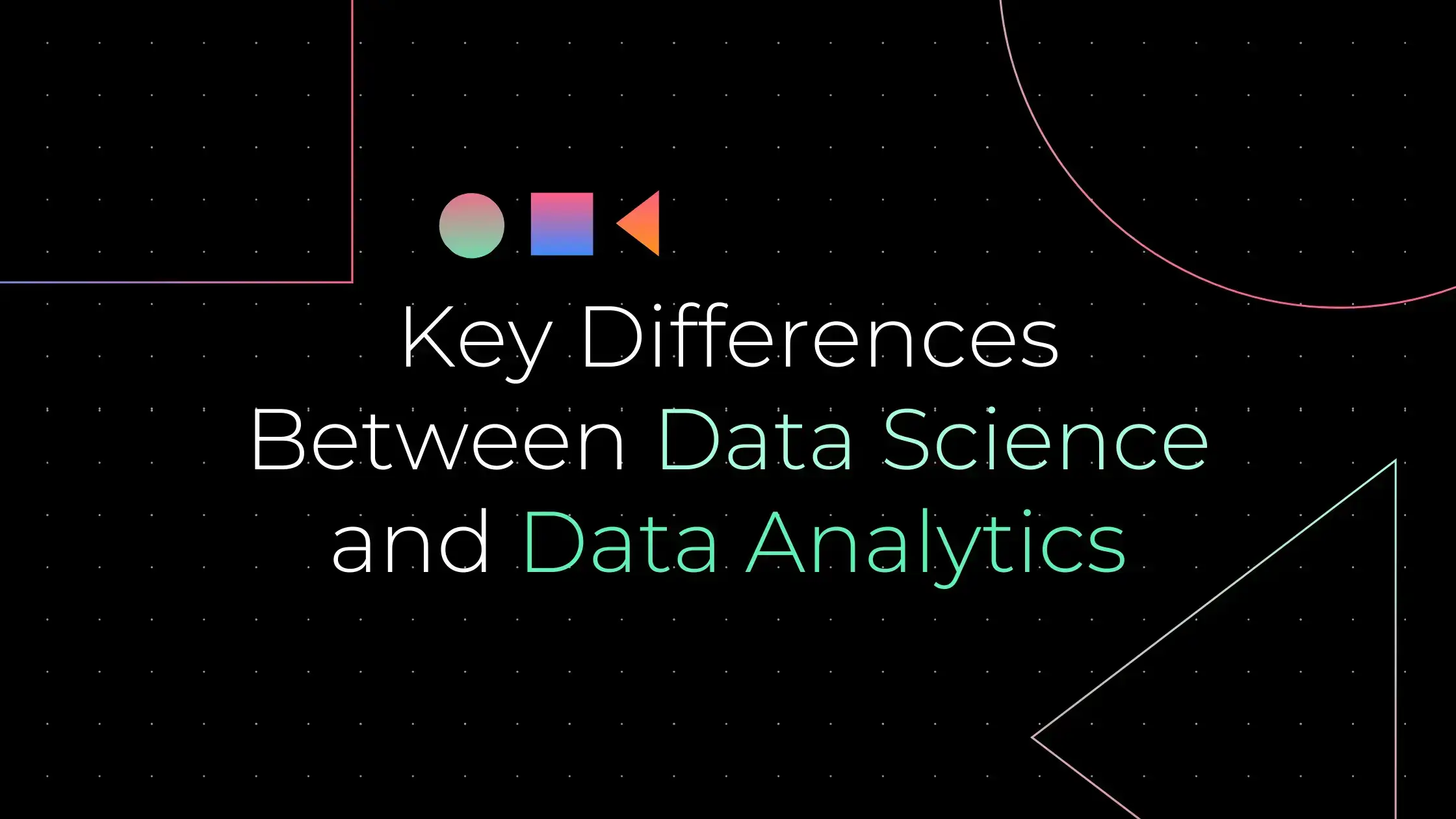Machine learning has emerged as a transformative technology, revolutionizing numerous industries, from healthcare to finance and beyond. In this comprehensive blog, we’ll break down the complex world of machine learning into digestible points, helping you understand the basics, the applications, and why it matters.
What is Machine Learning?
Machine learning is a subfield of artificial intelligence (AI) that focuses on the development of algorithms and statistical models that enable computer systems to learn and improve their performance on a specific task through experience, without being explicitly programmed.
In other words, machine learning involves training a computer system to recognize patterns, make predictions, or take actions based on data, and it refines its abilities over time as it encounters more data.
Machine learning algorithms can be categorized into different types, including supervised learning (where models are trained on labeled data to make predictions), unsupervised learning (which deals with unlabeled data to discover patterns), and reinforcement learning (which focuses on learning optimal decision-making through trial and error).
Machine learning has found applications in various domains, such as image and speech recognition, natural language processing, recommendation systems, healthcare, finance, and many others, making it a fundamental technology in the modern digital age.
Types of Machine Learning Algorithms
Machine learning algorithms can be categorized into various types based on their specific tasks and techniques. Here is a brief explanation of the types of machine learning algorithms without any plagiarism:
- Supervised Machine Learning Algorithms:Supervised learning is a category of machine learning where the algorithm is trained on a labeled dataset. In this type of learning, the dataset used for training contains input-output pairs, where each input is associated with a corresponding desired output or target.
Unsupervised learning Algorithms: Unsupervised learning is another category of machine learning, but unlike supervised learning, it deals with unlabeled data. the algorithm is given a dataset without explicit labels or target values, and its goal is to discover patterns, structures, or relationships within the data.
- Semi-Supervised Learning Algorithms: This approach combines elements of both supervised and unsupervised learning. It leverages a small amount of labeled data along with a larger amount of unlabeled data, offering a compromise between the two approaches.
- Reinforcement Learning Algorithms: Reinforcement learning is used for training agents or systems to make sequences of decisions. The agent receives feedback in the form of rewards or punishments and learns to make decisions that maximize cumulative rewards over time. This is commonly used in areas like robotics and game playing.
- Deep Learning Algorithms: Deep learning is a subset of machine learning that involves artificial neural networks with multiple layers (deep neural networks). These algorithms have shown remarkable performance in tasks like image and speech recognition and natural language processing.
- Decision Tree Algorithms: Decision trees are used for classification and regression tasks. They create a tree-like structure to make decisions based on input features, effectively dividing the data into categories or predicting values.
- Random Forest Algorithms: Random forests are an ensemble learning technique that combines multiple decision trees to improve accuracy and reduce overfitting. They are widely used for classification and regression tasks.
- Support Vector Machines (SVM): SVM is a supervised learning algorithm that is used for classification and regression. It finds a hyperplane that best separates different classes of data.
- K-Means Clustering Algorithms: K-means is a popular clustering algorithm used in unsupervised learning. It groups similar data points into clusters based on their proximity to each other.
- Principal Component Analysis (PCA): PCA is a dimensionality reduction technique used in unsupervised learning. It reduces the complexity of data by finding the most important features while minimizing information loss.
- Naive Bayes Algorithms: Naive Bayes is a probabilistic classification algorithm that is based on Bayes’ theorem. It is commonly used for tasks like spam email detection and sentiment analysis.
- Association Rule Learning Algorithms: These algorithms are used to discover interesting relationships or associations within large datasets. They are commonly applied in market basket analysis and recommendation systems.
- Ensemble Learning Algorithms: Ensemble methods combine multiple machine learning models to improve overall predictive performance. Popular ensemble techniques include bagging and boosting.
- Nearest Neighbors Algorithms: These algorithms make predictions based on the similarity of a data point to its nearest neighbors in the training dataset. They are used for tasks like recommendation systems and anomaly detection.
Scope of Machine Learning
Healthcare Sector
Healthcare, within the application of machine learning, refers to the integration of advanced computational algorithms and models into medical practices and systems.
It involves the use of machine learning techniques to analyze, interpret, and leverage medical data for the purpose of enhancing patient care, medical decision-making, disease prevention, and optimizing healthcare processes.
This application harnesses the power of data-driven insights and predictive analytics to improve the accuracy of medical diagnoses, personalize treatment plans, and streamline administrative tasks, ultimately leading to better patient outcomes and more efficient healthcare delivery.
Machine learning in healthcare encompasses a wide range of use cases, including disease detection, image analysis, electronic health record management, drug discovery, and telemedicine, among others, with the goal of advancing the quality and accessibility of healthcare services.
Finance Sector
It refers to the integration of sophisticated computational algorithms and data analysis methods into the financial sector.
It involves utilizing machine learning techniques to extract insights from financial data, assess and mitigate risks, make investment decisions, and enhance overall financial services.
This application harnesses the power of predictive modeling, algorithmic trading, fraud detection, and customer relationship management to improve the accuracy of financial forecasts, automate trading strategies, and ensure regulatory compliance.
Machine learning in finance spans a wide array of applications, including credit scoring, portfolio management, fraud detection, and algorithmic trading, with the aim of optimizing financial operations and providing better financial services to businesses and consumers.
Why Machine Learning Matters
Improved Decision-Making
Machine learning has rapidly become an indispensable tool for improving decision-making across industries.
Its ability to harness the power of data, provide predictive insights, automate tasks, personalize experiences, manage risks, and continuously refine its models makes it a vital component in the modern business toolkit.
By integrating machine learning into decision-making processes, organizations can stay ahead of the curve in an increasingly competitive and data-centric world.
- Data-Driven Insights
- Predictive Analytics
- Automation and Efficiency
- Personalization
- Risk Management
- Continuous Improvement
Cost Savings and Efficiency
In the dynamic landscape of business and technology, cost savings and efficiency have always been at the forefront of organizational goals.
Machine learning, with its data-driven approach and automation capabilities, is revolutionizing the way businesses achieve cost savings and optimize their operations.
- Process Automation
- Predictive Maintenance
- Supply Chain Optimization
- Personalized Marketing
- Fraud Detection
Machine Learning’s Role in Driving Innovation
Innovation is the cornerstone of progress, pushing the boundaries of what’s possible and reshaping industries. In the age of technology, machine learning has emerged as a driving force behind innovation, sparking transformation in various sectors.
- Advanced Data Analysis
- Automation and Optimization
- Personalization and User Experience
- Healthcare Advancements
- Autonomous Systems
Challenges and Future Trends
Machine learning, a dynamic field that has rapidly evolved, faces its share of challenges and holds immense potential for the future. Challenges in machine learning include the need for high-quality data, ethical concerns such as bias in models and data privacy, as well as the interpretability of complex algorithms.
Scalability and data security also remain pressing issues. Despite these challenges, the future of machine learning is marked by exciting trends. Federated learning, for instance, enables models to be trained across decentralized devices, addressing privacy concerns.
The development of more interpretable AI models and techniques is gaining importance, ensuring transparency and accountability. Quantum machine learning and AI in edge computing promise to revolutionize the field.
Additionally, lifelong learning models will adapt and learn continuously, reducing the need for frequent model retraining. As machine learning continues to evolve, it remains at the forefront of technological innovation, overcoming challenges and unlocking new opportunities and possibilities.







